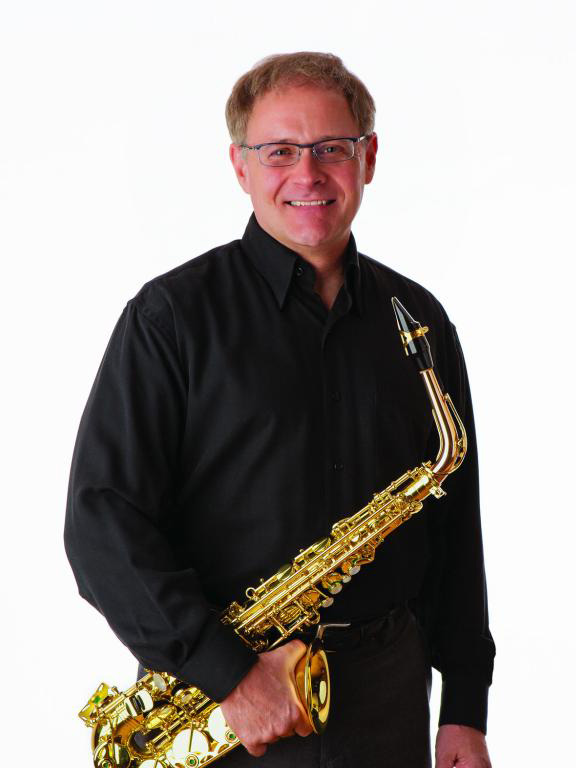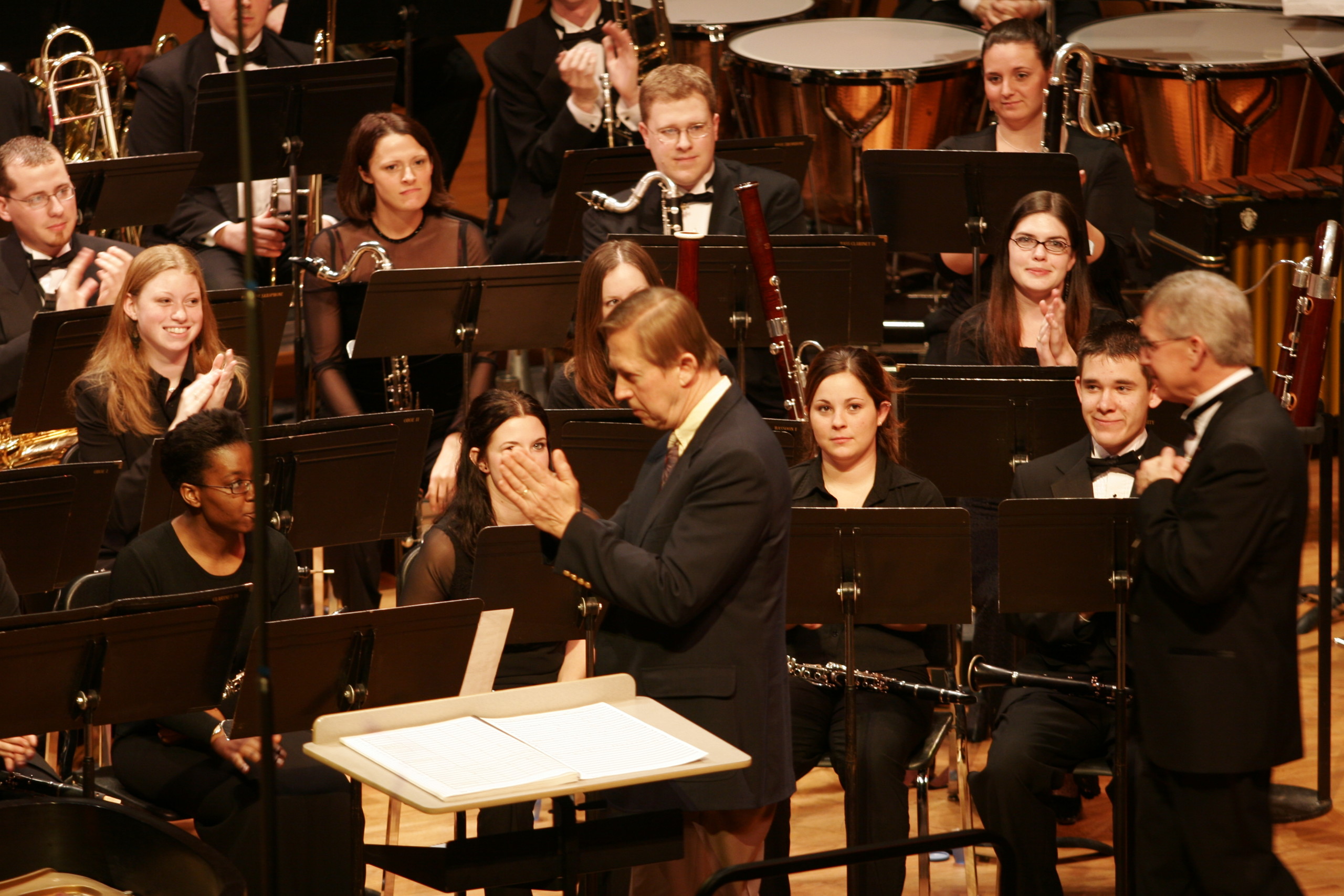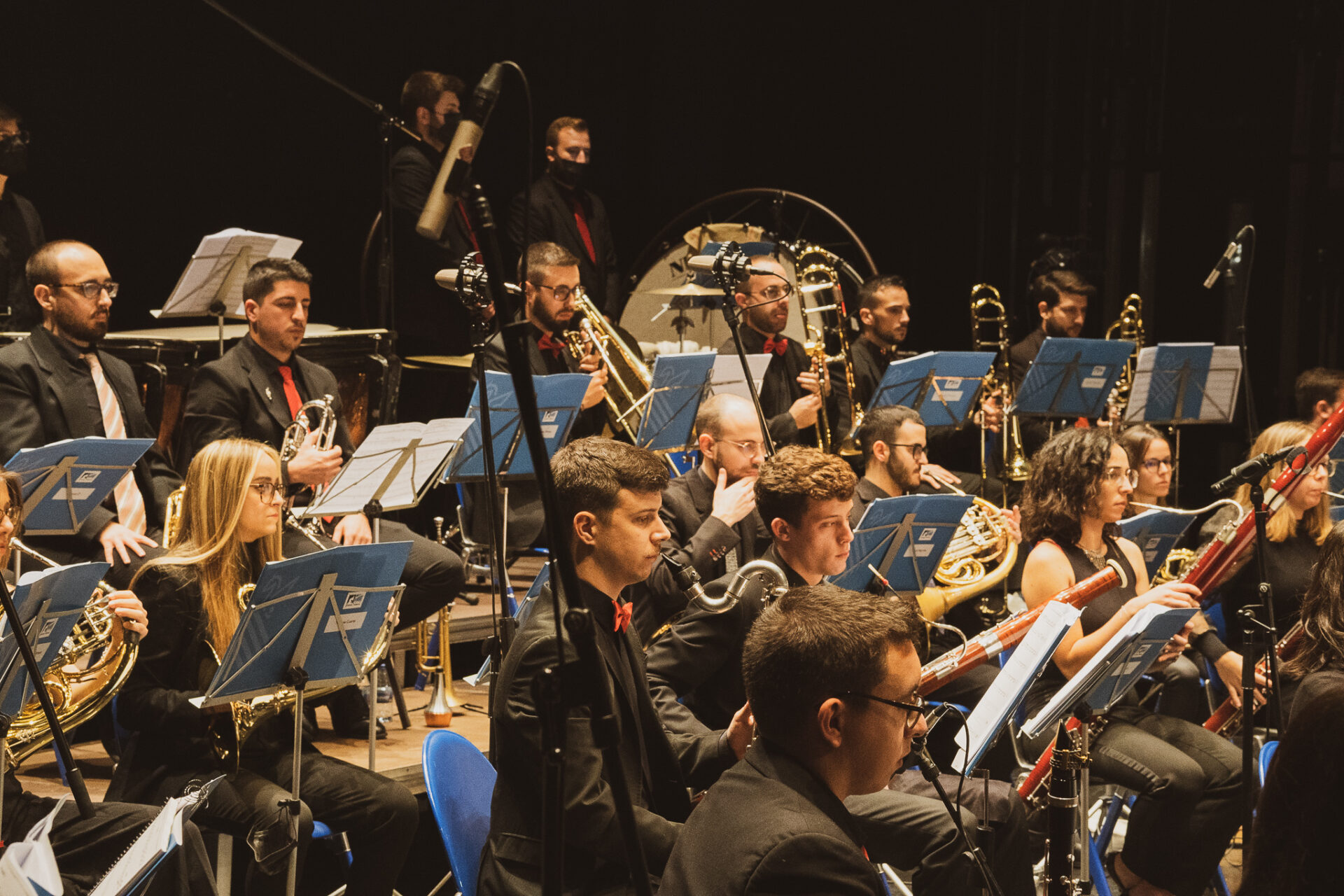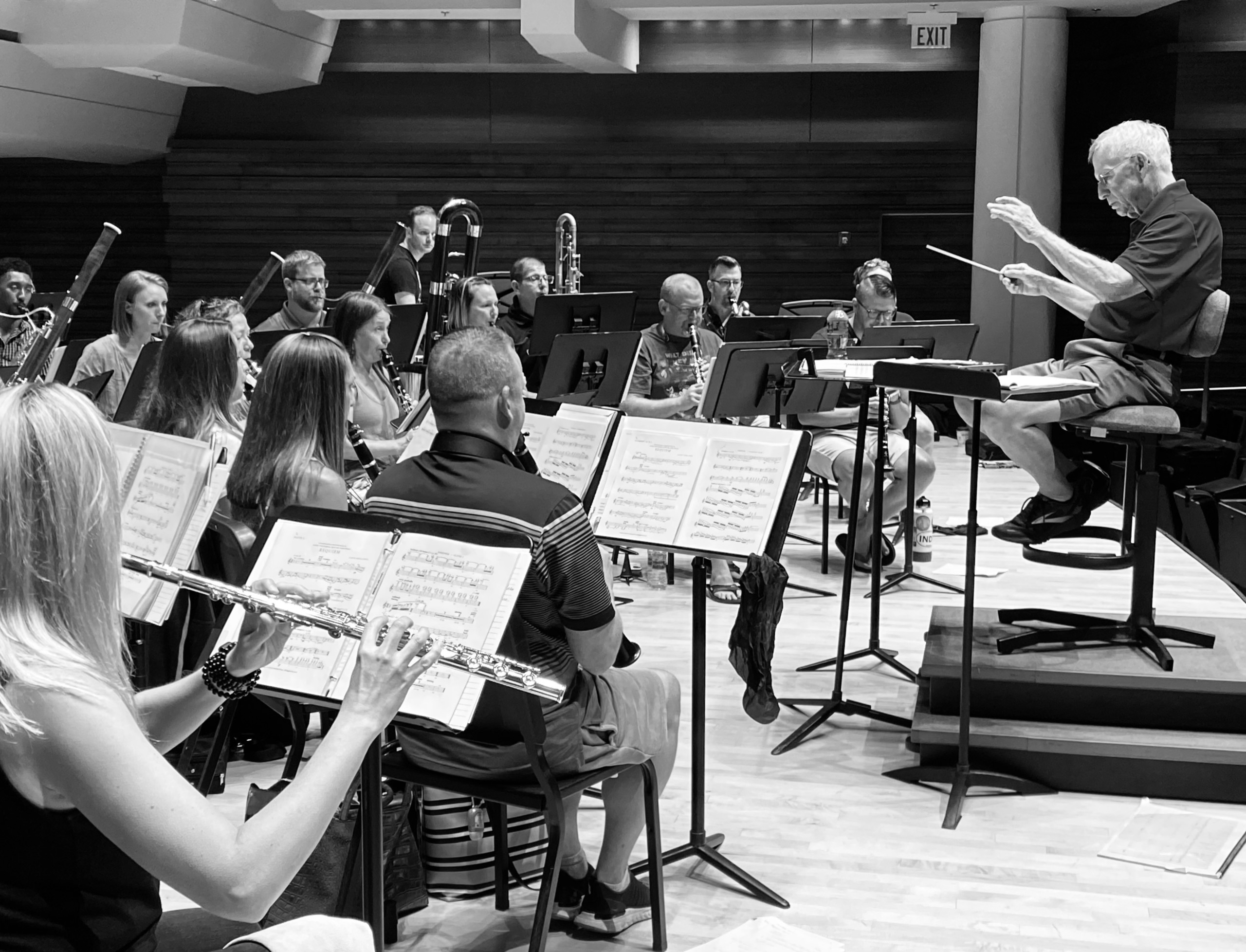Maslanka Weekly highlights excellent performances of David Maslanka’s music from around the web.
A dream may be a series of thoughts, images, or sensations occurring in a person’s mind during sleep or meditation. It can also be a cherished aspiration, ambition, ideal, or an indulgence in fantasies about something greatly desired. David’s life was full of dreams – large and small, complex and simple. His compositions provided a channel whereby musical energy could germinate into life.
This week, we feature three of David’s compositions (of which there are literally dozens to choose from) that explore a vast array of dream space: A Child’s Garden of Dreams, Traveler, and California.
A Child’s Garden of Dreams
From David’s Program Note:
A Child’s Garden of Dreams was commissioned by John and Marietta Paynter for the Northwestern University Symphonic Wind Ensemble. It was composed in the summer of 1981 and premiered by Northwestern in 1982.
The following material is from Man and His Symbols by Carl Jung:
A very important case came to me from a man who was himself a psychiatrist. One day he brought me a handwritten booklet he had received as a Christmas present from his ten-year-old daughter. It contained a whole series of dreams she had had when she was eight. They made up the weirdest series of dreams I had ever seen, and I could well understand why her father was more than just puzzled by them. Though childlike, they were uncanny, and contained images whose origin was wholly incomprehensible to the father….
In the unabridged German original, each dream begins with the words of the old fairy tale: “Once upon a time….” By these words the little dreamer suggests that she felt each dream were a sort of fairy tale, which she wants to tell her father as a Christmas present. The father tried to explain the dreams in terms of their context. But he could not do so because there appeared to be no personal associations with them….
[The little girl] died of an infectious disease about a year after that Christmas….”[The dreams were a preparation for death, expressed through short stories, like the tales told at primitive initiations.]
The little girl was approaching puberty and at the same time, the end of her life. Little or nothing in the symbolism of her dreams points to the beginning of a normal adult life…. When I first read her dreams, I had the uncanny feeling that they suggested impending disaster….
These dreams open up a new and rather terrifying aspect of life and death. One would expect to find such images in an aging person who looks back upon life, rather than to be given them by a child…. Their atmosphere recalls the old Roman saying, “Life is a short dream,” rather than the joy and exuberance of its springtime…. Experience shows that the unknown approach of death casts an adumbratio (an anticipatory shadow) over the life and dreams of the victim. Even the altar in Christian churches represents, on the one hand, a tomb, and on the other, a place of resurrection – the transformation of death into eternal life.”
I have selected five of the twelve dreams as motifs for the movements of this composition:
- There is a desert on the moon where the dreamer sinks so deeply into the ground that she reaches hell.
- A drunken woman falls into the water and comes out renewed and sober.
- A horde of small animals frightens the dreamer. The animals increase to a tremendous size, and one of them devours the little girl.
- A drop of water is seen as it appears when looked at through a microscope. The girl sees that the drop is full of tree branches. This portrays the origin of the world.
- An ascent into heaven where pagan dances are being celebrated; and a descent into hell where angels are doing good deeds.
Watch below as Phillip Scott leads the National Youth Wind Ensemble of Great Britain in a thrilling performance of this music.
More info
- Phillip Scott
- National Youth Wind Ensemble of Great Britain
- A Child’s Garden of Dreams @ davidmaslanka.com
Traveler
From David’s Program Note:
Traveler was commissioned in 2003 by the University of Texas at Arlington Band Alumni Association, the Delta Sigma Chapter of Kappa Kappa Psi and the Gamma Nu Chapter of Tau Beta Sigma, in honor of the career contributions of Ray C. Lichtenwalter, retiring Director of Bands at UT Arlington. Ray has been a close friend and champion of my music for many years, and it was a great pleasure for me to write this piece for his final concert.
The idea for Traveler came from the feeling of a big life movement as I contemplated my friend’s retirement. Traveler begins with an assertive statement of the chorale melody “Nicht so traurig, nicht so sehr” (“Not so sad, not so much”). The chorale was not chosen for its title, although in retrospect it seems quite appropriate. The last part of life need not be sad. It is an accumulation of all that has gone before, and a powerful projection into the future – the potential for a tremendous gift of life and joy. And so the music begins with energy and movement, depicting an engaged life in full stride. At the halfway point, a meditative quiet settles in. Life’s battles are largely done; the soul is preparing for its next big step.
Watch below as Oberstleutnant Christoph Scheibling leads Das Musikkorps der Bundeswehr in a magnificent performance of this work.
More info
- Oberstleutnant Christoph Scheibling
- Das Musikkorps der Bundeswehr
- Traveler @ davidmaslanka.com
California
From David’s Program Note:
Music is wonderful. It lets us tell ourselves things we can’t speak out in words. It opens the dream space and lets us dream together. It lets us imagine the world as it really is, a place of vitality, power, and possibility.
We live in fear of destruction, from climate change, nuclear bombs, increasing population, vanishing resources, continuous war. When the troubles are listed like this it is hard to know what we think we are doing with our seemingly simple and innocent music making.
California has always been a place of big dreams. The music of California celebrates the California dream space. There is tremendous beauty here – the forests, deserts, mountains and valleys, the ocean – and also the strength within the people and in the earth to meet the times that are upon us. Music lets us dream, and in that dream is the possibility of a new world, one in which humans live in harmony, within themselves, with all other people, with all other species, with the planet. Is this dream impossible? Are circumstances too complex? Will human nature never change? My answer to these questions is no. The dream starts somewhere. Let our music making be one such place.
Watch below as T. André Feagin leads the Colorado State University Symphonic Band in a rousing performance of this piece.
More info
- T. André Feagin
- Bands at Colorado State University
- California @ davidmaslanka.com
We would love to hear from you! If you know of any outstanding performances of David Maslanka’s music on the web, please email us at maslankaweekly@maslanka.org.





